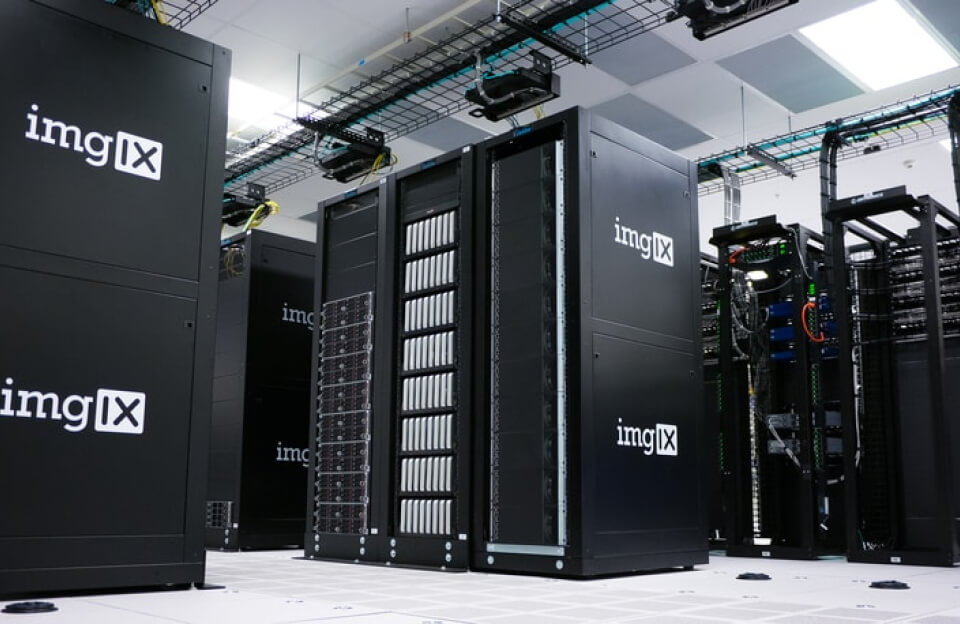Unlike before, people pay, transfer, and handle money nowadays. Faster means of transactions and smart security systems offer ample scope for Payments Innovation. It is the trendsetter, currently molding the growth of money in the digital era through a combination of fintech startups, traditional banks, and government agencies present all over America.
In this blog, we will first discuss what payment innovation is, then explore the causes of its emergence today, next highlight the main trends shaping it, and finally explain how it is reshaping personal and business finance in the U.S.
What Is Payments Innovation?
Payments innovation refers to any technology or procedure created to enhance the speed, safety, or convenience of conducting commercial transactions. Cash, checks, or wire transfer from an account to an account might have been considered payments in the traditional sense. However, consumers and businesses now demand digital, real-time, and contactless payment solutions.
Payment innovation is not just about technology. In a way, payment innovations are supposed to create spoiling experiences. From paying for coffee on your phone, sending money to a friend, or paying international invoices, innovation interjects itself at almost every step of the process.
Why Payment Innovations Is Exploding in the U.S.
The United States has always been one of the principal countries in the field of financial services. However, payment innovations in the last five years have, indeed, sped up in response to several key factors.
- Changing Consumer Behavior
American consumers demand faster and flexible payment options. Digital payment platforms like Apple Pay, Google Pay, PayPal, and Venmo enable consumers to make payments instantly and with zero friction. Thus, keeping pace with the evolution is crucial for banks, lest they lose their customers to tech outfits.
- Rise of Fintech Companies
“Moreover, fintechs are disrupting the financial services sector with an emphasis on user-centric experience, speed, and transparency. For instance, Stripe, Square, and Plaid lead the forefront in payments innovation, and consequently, they are fashioning new tools that allow secure, instant transactions.
- Technology Advances
The collaboration of AI, ML, and blockchain creates a much smarter payments ecosystem. These technologies decrease fraud, automate verifications, and increase customer adaptability, thereby bringing a faster and safer payment experience.
- Support from Governments and Regulators
U. S. regulators are championing the cause of efficient fast payments and payment services. For instance, the launch of FedNow Service in 2023 was a landmark as it allowed instant bank-to-bank transfers. This will go some distance in boosting financial inclusion and economic efficiency nationally.

Top trends in payments innovation
In order to really grasp payment innovation, we should first focus on understanding the broader aspects that define the present-day industry, and consequently, appreciate how these trends impact both consumers and businesses.
Real-Time Payments
Real-time payments rank as one of the major current financial innovations. These systems immediately, at any time of the day, transfer funds across accounts in different banks. It uplifts cash flow for businesses and diminishes the waiting time for settlements. For consumers, it means greater convenience and confidence in every transaction.
Increasingly, more and more banks and credit unions in the U.S. are now adopting RTP systems; moreover, they are doing so to meet this rapidly emerging demand.
Contactless and Mobile Payments
Before COVID-19, these forms of payment were not widespread in the U. S., but now it is the norm. Customers prefer to tap on their mobile phones or cards, rather than cash, and swipe credit cards. Hence, the vendors are upgrading their POS systems to support this new technology, which makes mobile payments quicker and safer.
Blockchain and Cryptocurrency Integration
Another revolutionary innovation in payments is blockchain. It allows decentralized transactions and thereby reduces intermediaries like banks and transaction fees.
Although cryptocurrency acceptance is still at its early stage worldwide, stablecoins (cryptocurrencies pegged to the U. S. dollar) are gaining traction as an alternative to current international remittance systems. On the other hand, U. S. regulators continue to look into Central Bank Digital Currency (CBDC) possibilities, potentially changing the entire payment landscape.
Embedded Payments
Embedded payments render transactions invisible by incorporating micropayment functionality into platforms or devices. For instance, you never really “pay” when ordering your food or taking an Uber; the app quietly takes care of the transaction in the background.
That frictionless experience is truly going to define the next iteration of innovations in payments, given that consumers have grown impatient with anything that even hints at being complicated and slow.
AI-Powered Fraud Detection and Security
In the world of payments, security remains a foremost consideration. Moreover, with billions of digital transactions being processed daily, the need for effective fraud detection has consequently increased exponentially.
AI instantly spots anomalies, thereby protecting the consumers and the merchants alike. Biometric authentication, like facial recognition and fingerprint scanning, is further cementing trust in digital payments.
How Payments Innovations Benefit U. S. Businesses
Payments innovation presents a significant opportunity for businesses in the United States. Consequently, these businesses are able to take advantage of emerging payment technologies, thereby working more efficiently and, in turn, offering better experiences to their customers.
Some of these are:
- Cash Flow Faster: Real-time payments cause no settlement delays, thus enhancing liquidity.
- Cost Reduction: Automated systems lessen manual errors and fees.
- Customer Experience-Rewarding: Easy checkout processes breed loyalty and trust.
- Global Reach: Easier and safer means for businesses to receive payments from international.
- Data Insights: AI-powered payment systems can generate valuable analytics to aid better decisions.
In addition, companies that do not upgrade will lag behind their competitors as consumers will go on with their digital-first lifestyles.
Challenges to Slow Down Payments Innovation
Though the U. S. leads in adrenaline-filled financial technologies, some challenges have yet to be dropped entirely for end-to-end Payments Innovation.
- Legacy Infrastructure: Many banks rely on very old systems that simply do not allow real-time processing.
- Regulatory Complexity: Data and privacy laws can sometimes make integration really slow.
- Cybersecurity Risks: With faster payments come more opportunities for fraud.
- Interoperability Issues: Different payment networks and systems often cannot communicate.
By working continuously with banks, fintechs, and regulators, this initiative will ultimately overcome various challenges. Furthermore, through ongoing collaboration and coordination, it is expected to achieve sustainable progress.
The Future of Payments Innovation in America
On Further Thought: Payment innovations will continue to transform the way Americans deal with their money. Some thrilling developments can be expected in the next couple of years:
- Big adoption of real-time and digital payments in the entire system of financial institutions.
- More usage of blockchain for cross-border transfers that are swift and cheap.
- More AI-driven personalization for smart and predictive payment experiences.
- Freedom of cybersecurity through biometric verification.
- Financial inclusion so that every American shall have access to digital payments.
The United States is thus moving toward a future in which money shifts instantly, securely, and globally, empowering individuals and businesses.
Final Thoughts:
The digital era has dawned in finance, with innovation in payments leading the way. Mobile wallets, blockchain, and AI-these are crazy-fast, safe, and smart technologies changing the face of the U. S. financial system.
For consumers, this not only implies convenience but also ensures security. Meanwhile, for businesses, this consequently leads to new possibilities related to efficiency, customer loyalty, and global reach.
While developments have ensued, one thing remains clear: payments innovation stands at the core of America’s financial progress.



